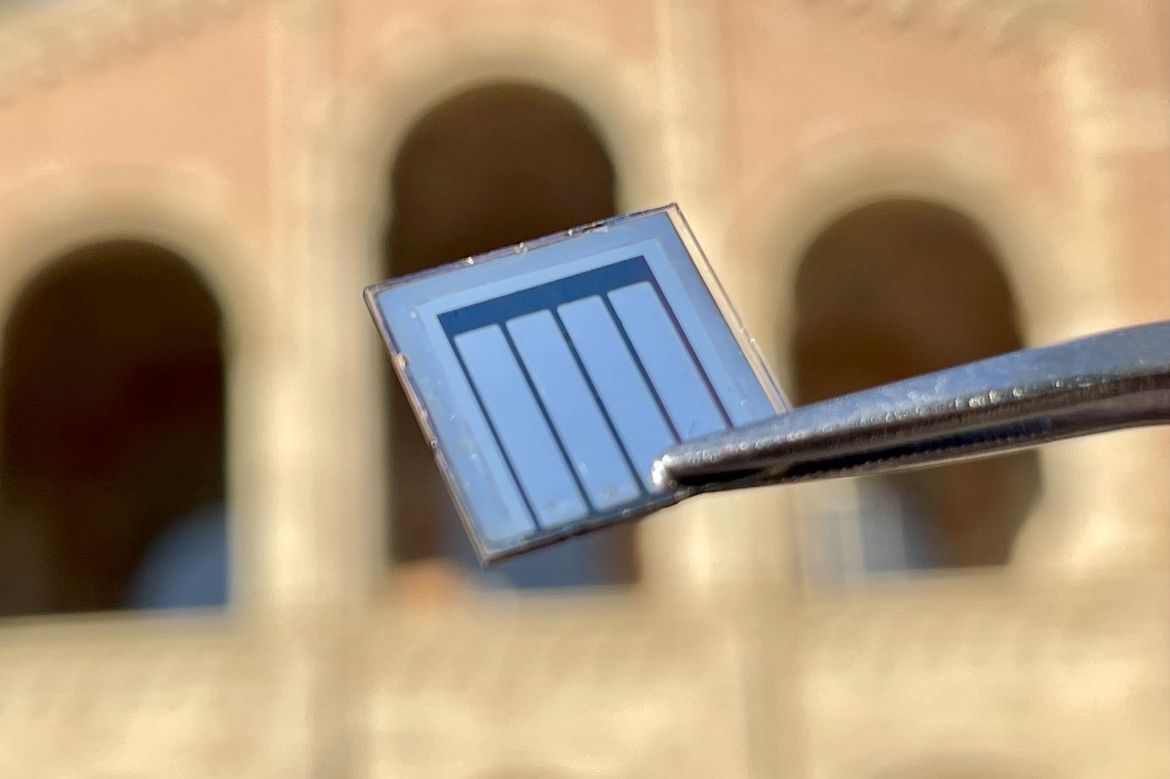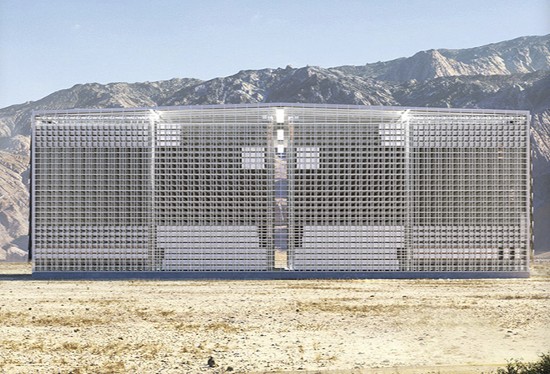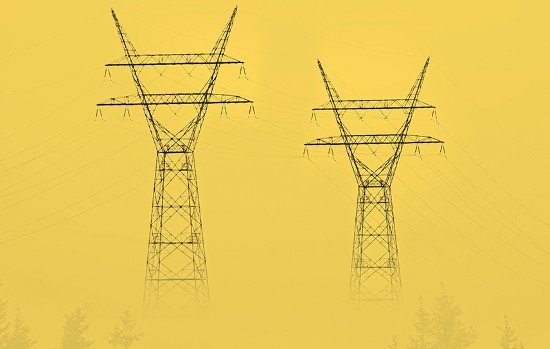I thought I would tackle a number of stories on energy that have been sitting in my in-basket. The first is about research on solar cell technology out of UCLA. The second involves the California utility, Pacific Gas & Electric and a new Energy Vault to provide storage and green hydrogen to the northern part of the state. And the third is about bringing the power grid in the United States into the 21st century.
UCLA Uses Enhanced Perovskite for Next-Generation Solar Cells

Perovskite has been seen as an alternative material to silicon for use in photovoltaic cells. The problem with perovskite has always been its durability when exposed for prolonged periods to light and heat. Considering that is the environment in which solar panels work, that would immediately make you think that perovskite would be a non-starter. On the positive side perovskite material costs are less than silicon and manufacturing solar cells with it is simpler.
Researchers at UCLA looked into ways to augment perovskite to increase its durability. They identified an additive, neodymium, a metal that when incorporated in small quantities into perovskite makes it a “game changer” according to its UCLA inventors. Not only will perovskite be better than silicon, but it will also be even easier to mass produce.
Today, neodymium is used in microphones, speakers, lasers and decorative glass. When added to perovskite its ions get incorporated into the crystals making the material better at holding negative charges. Eight neodymium ions per 10,000 molecules of perovskite has turned out to be the perfect formula for creating perovskite panels that are 93% efficient in converting light to electricity over 1,000 hours of continuous exposure. The new material when heated to 82 Celsius (180 Fahrenheit) endured 2,000 hours at an energy conversion efficiency rate of 86%.
The UCLA team believes its perovskite-based solar cells should be on the market in the next two to three years. Their research appears in a paper entitled “Suppressing ion migration in metal halide perovskite via interstitial doping with a trace amount of multivalent cations” which is a handful. It was published in late November of last year in Nature Materials.
California Utility Launches Green Hydrogen and Storage Project

Forever shy these days about being in the news considering past wildfire disasters, Pacific Gas & Electric (PG&E) earlier this month entered into a partnership with the Swiss company, Energy Vault, to create long-duration energy storage for the Northern California city, of Calistoga. It is designed to power the downtown and surroundings in the event of a Public Safety Power Shutoff when powerlines need to be shut down in the event of wildfire risk. The Energy Vault will supply 293 megawatt-hours (MWh) of carbon-free energy. Under the agreement between the two companies, PG&E can expand the storage capacity to deliver 700 MWh to operate for longer than the initial 48 hours.
Energy Vault replaces mobile diesel generators used during microgrid outages and should be operational by mid-2024. It is described as “the largest utility-scale green hydrogen project in the United States.” It is a fully renewable green battery storage system that uses electrolytic hydrogen fuel cells and produces zero carbon emissions. PG&E hopes to make it a model for utility-hybrid storage systems deployable across its entire infrastructure.
Bringing the U.S. Power Grid Into the 21st Century

In his latest Bill Gates GatesNotes, the billionaire co-founder of Microsoft and the Bill and Melinda Gates Charitable Foundation describes the current state of America’s power grid and how it can be brought up to date. He notes the issue is equally important around the world while describing the U.S. as a case study.
Why does the grid need a total refresh? Because of where renewable energy is generated. In the past utilities built power stations close to customers. So thermal power plants were located near large urban centres. But wind and solar farms in the U.S. are far away from where the energy gets used. They are found where there is lots of sunlight and conditions that maximize wind: think Arizona for the former and Wyoming for the latter. With power produced far from where it will mostly be consumed, the grid will need to be expanded with longer lines.
Gates points out that the current grid infrastructure was built between the 1950s and 1970s and has only a 50-year life expectancy. When you add increasing extreme weather events in the last few decades, this creaking infrastructure is obsolete and vulnerable.
Gates argues that solutions like the previously described PG&E-Energy Vault microgrid partnership need to become commonplace in the 21st-century redesign of the power grid. He also calls for national planning and funding of the power grid while working with local utilities on distributed energy and microgrid delivery systems.
He concludes that transmission will be key to America’s clean energy future which will mean “lower emissions, cleaner air, more jobs, fewer blackouts, more energy and economic security, and healthier communities across the country.”









